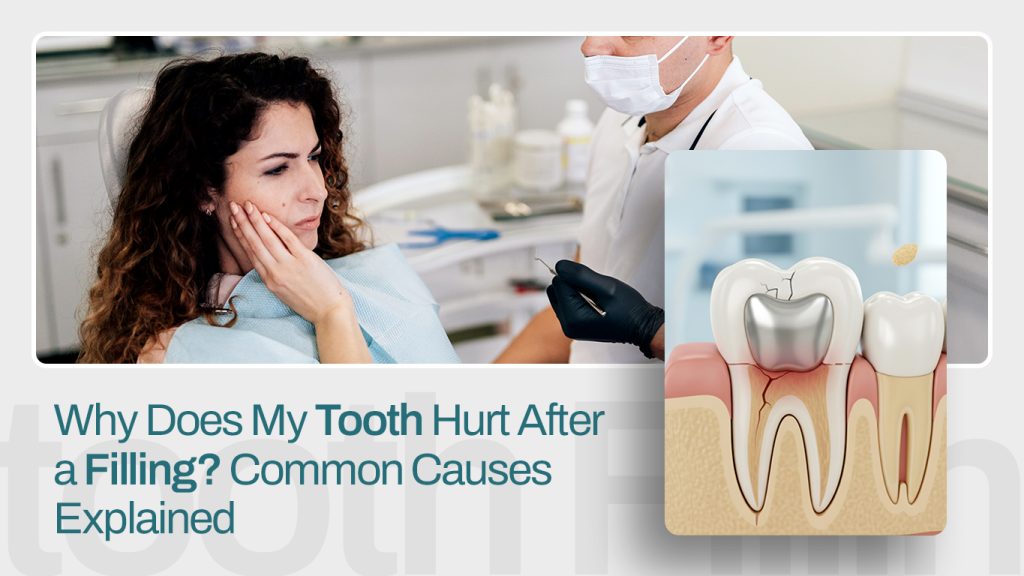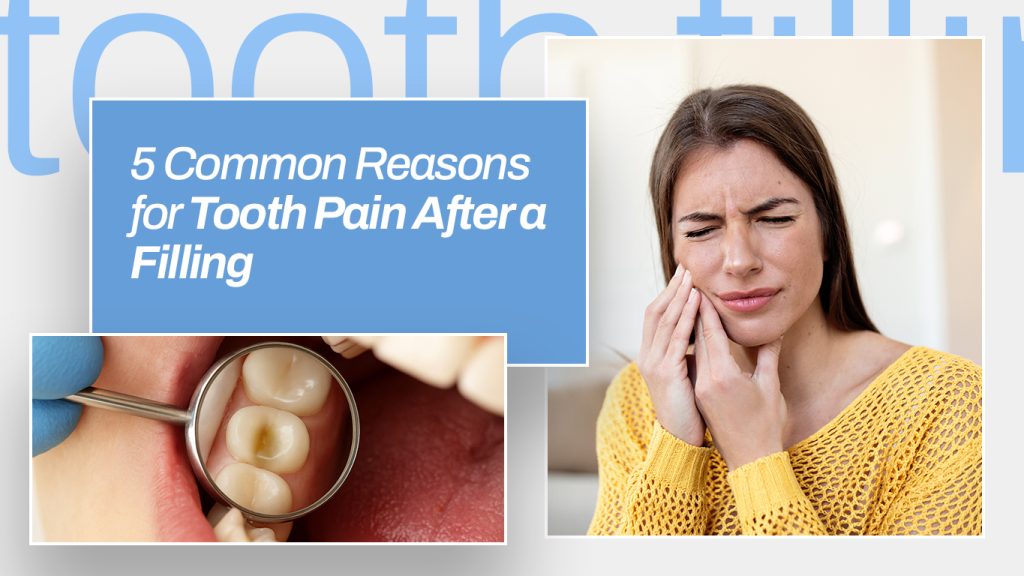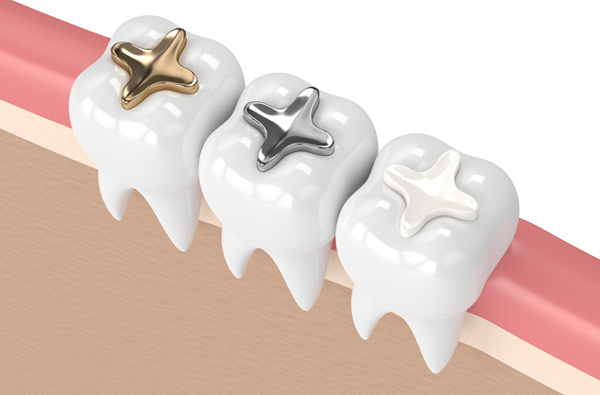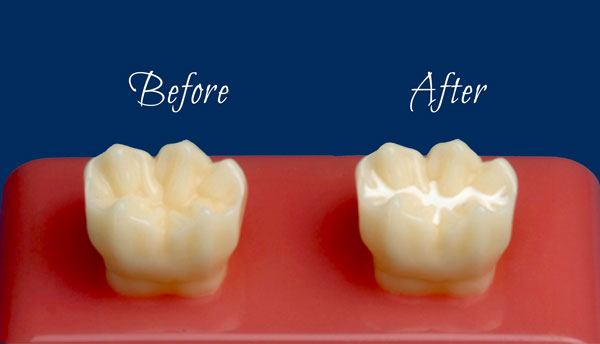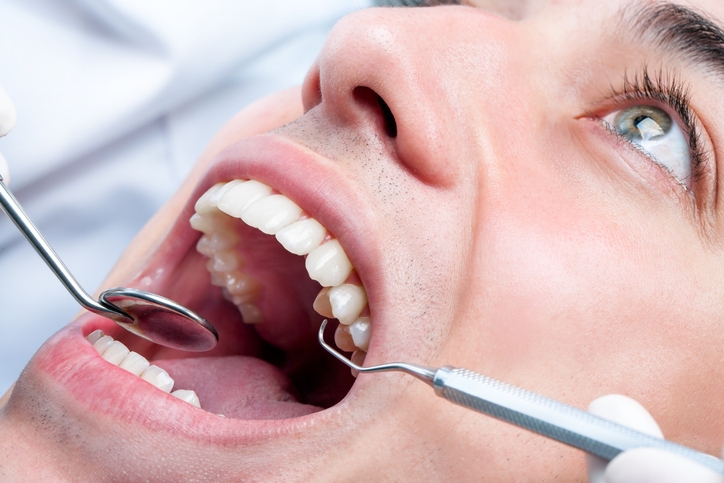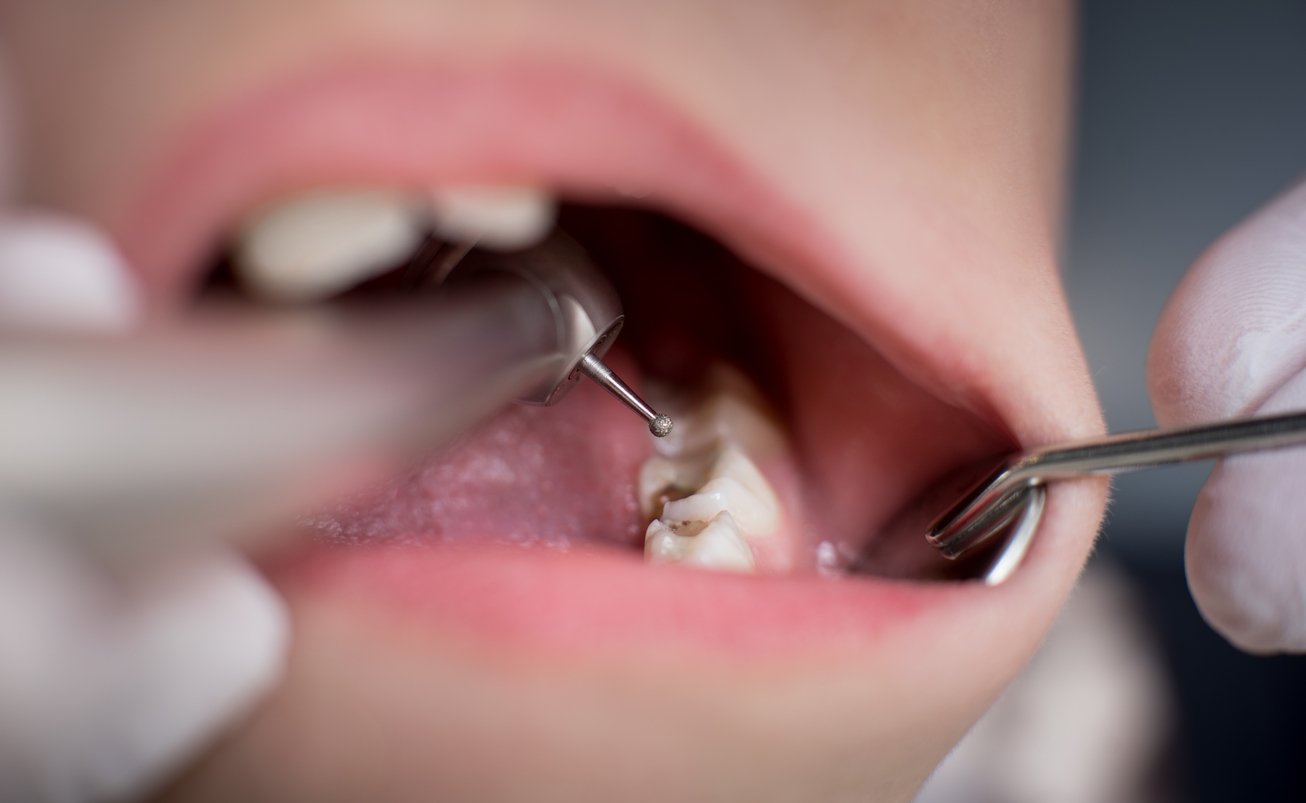Why Does My Tooth Hurt After a Filling? Common Causes Explained
Pain after filling your tooth may be worrying and disappointing, particularly when you thought that the dental operation would fix your pain. Although it is normal to experience some mild…
